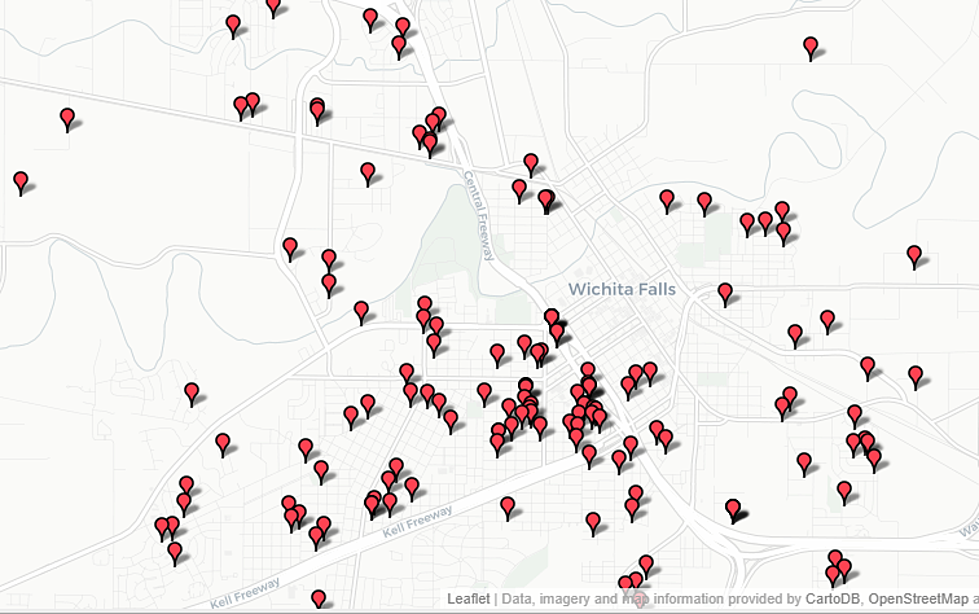
Thunder Brings Back Memories Of Terrible Tuesday
Every time severe weather season rolls around, those of us who remember April 10, 1979 still tend to get a little nervous. Mind you, 33 years have numb things a little for some of us. But there many who lost homes, loved ones and friends and all that they owned to that savage storm who still feel the pain from that loss even after all these years.
My memories of it are a little more benign: a mad dash to my uncle’s house down the street, a cramped concrete storm cellar, the sound of hail hitting that old steel door. I can even remember how the air felt as we gathered outside the cellar in the moments before we went underground. Some aspects of it just never leave you. But I fear that after three plus decades, we don’t take the threat as serious as we used to.
Wichita Falls has been spared such destruction since then. The tornado outbreak of April 10-11, 1979 affected not only Wichita Falls, but also Crowell, Seymour and Vernon, Texas as well as Waurika and Lawton, Ok. But Wichita Falls took the worst hit, in the form of an F4 tornado. Fortunately, over the years, we’ve become known for reasons other than that “damned tornado”, as a friend of mine almost always refers. And when you look at where the tornado struck back then, if the same path were hit today, the losses would be much greater. That area has grown exponentially in three decades.
But technology has improved. Advanced warning systems, including cutting-edge Doppler radar, have greatly increased our warning times. Redundancy in these systems would keep us from being as flat footed as we were back then. For 24 hours, Wichita Falls had no power at all. KTRN 1290 AM (now News Talk 1290) was the only broadcast station on air immediately following the storm; they were the only station with a functional generator, or so I am told.
But let’s not forget the most important part of the rescue and recovery efforts in the hours after ‘Terrible Tuesday’s’ onslaught: the HAM radio operators. That network of amateur radio operators joined forces with fire, police, sheriff’s and the National Guard to handle communications. We were cut off from the world as of 6:15 pm that night, but the HAM’s were there, reporting on the storms, tracking the tornado and helping coordinate efforts to reach the trapped, injured and even the dead. And even today, we would not have a complete network of weather reporting and capabilities without them during moments like that. God Bless them all.
Every year, we warn Texoma to be vigilant. When the weather turns bad, turn to us; you know the pitch, right? But complacency does affect so many of us these days. Our lives are a lot busier than they were back in ’79. Hopefully, we’ll never have to endure another tornado like that one. Bottom line, when the weather looks bad, it’s probably a wise idea to turn off the iTunes and turn on the radio. We’ll be here.
More From Newstalk 1290


![Best Swimming Holes in Texas [PHOTOS]](http://townsquare.media/site/142/files/2019/05/Hamilton-Pool-Corey-Van-Zandt-10.jpg?w=980&q=75)

![Halloween Haunted Houses and Events in the Wichita Falls Area [2018]](http://townsquare.media/site/175/files/2013/09/2143669751_d144457163_z.jpg?w=980&q=75)
![Best Halloween Pumpkin Patches in Wichita Falls [2018]](http://townsquare.media/site/153/files/2012/09/pumpkin.jpg?w=980&q=75)



